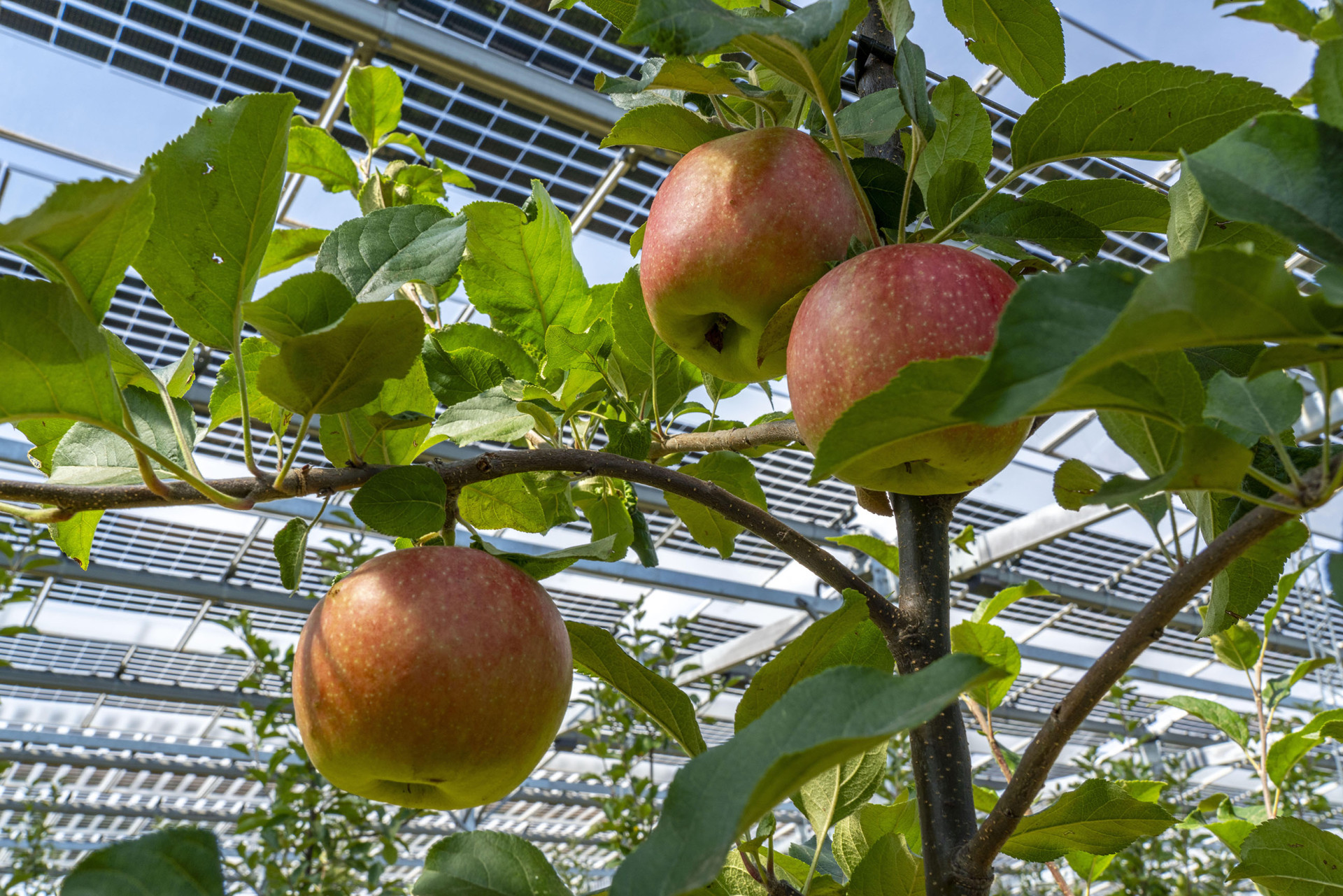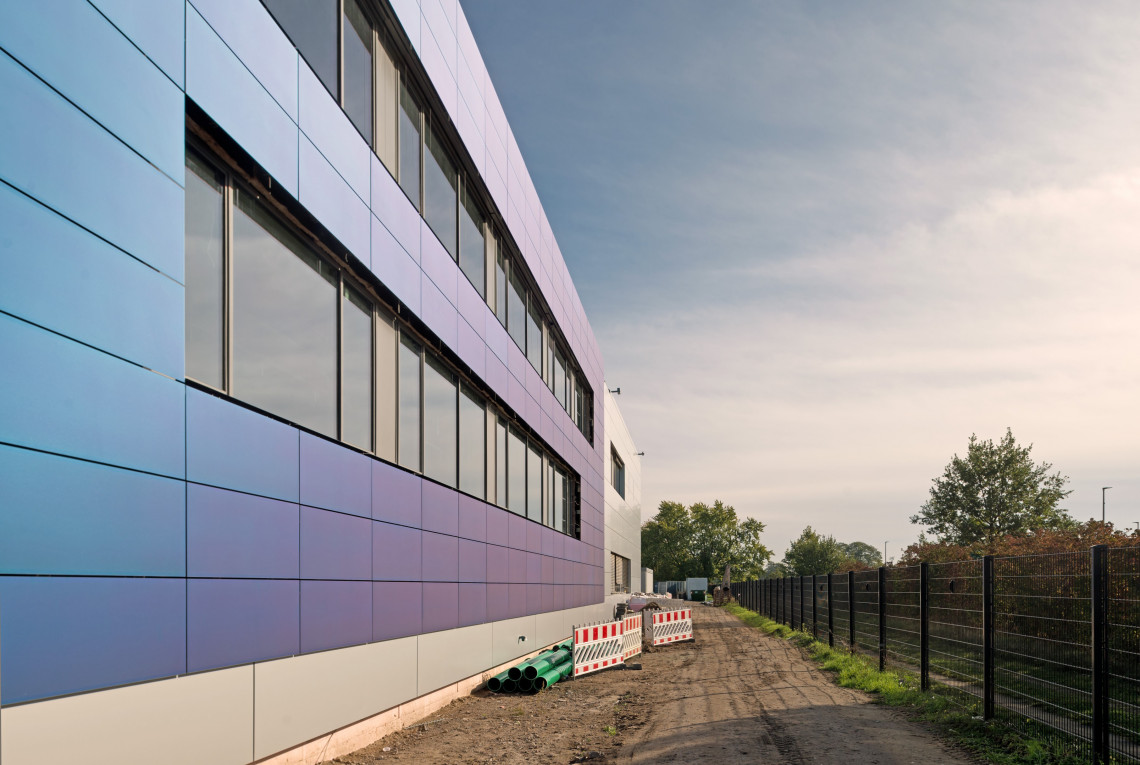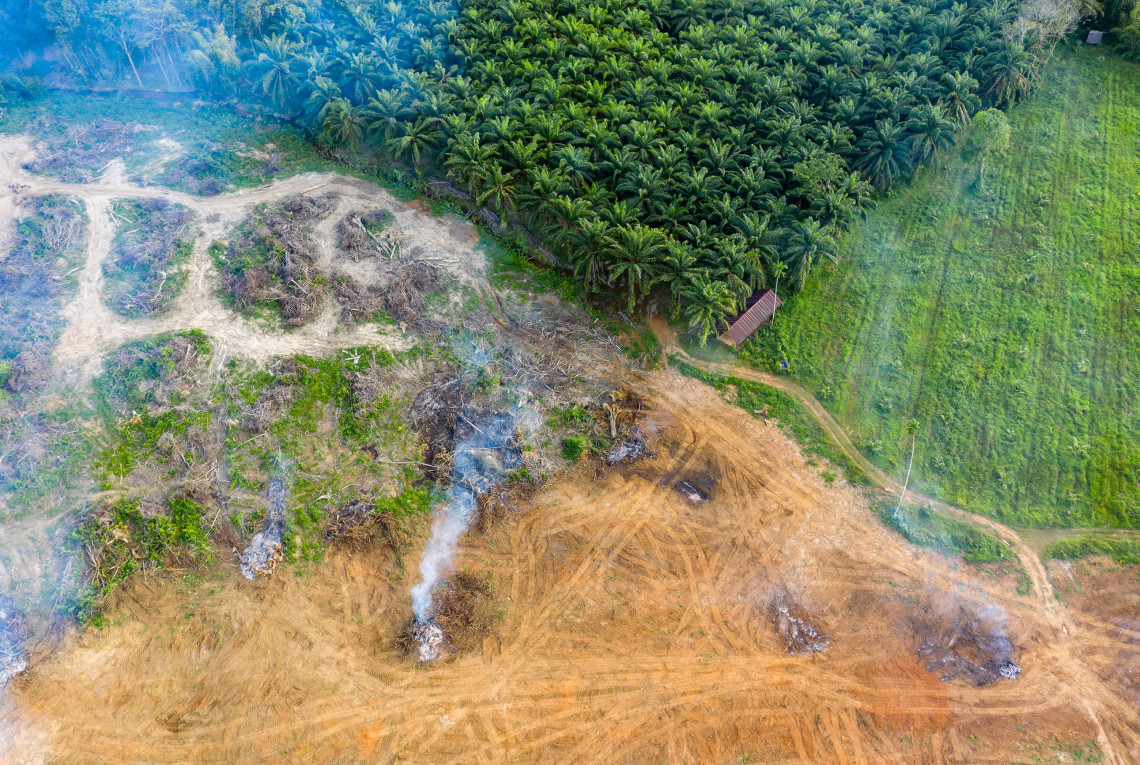Agrivoltaics: clean power from the farm
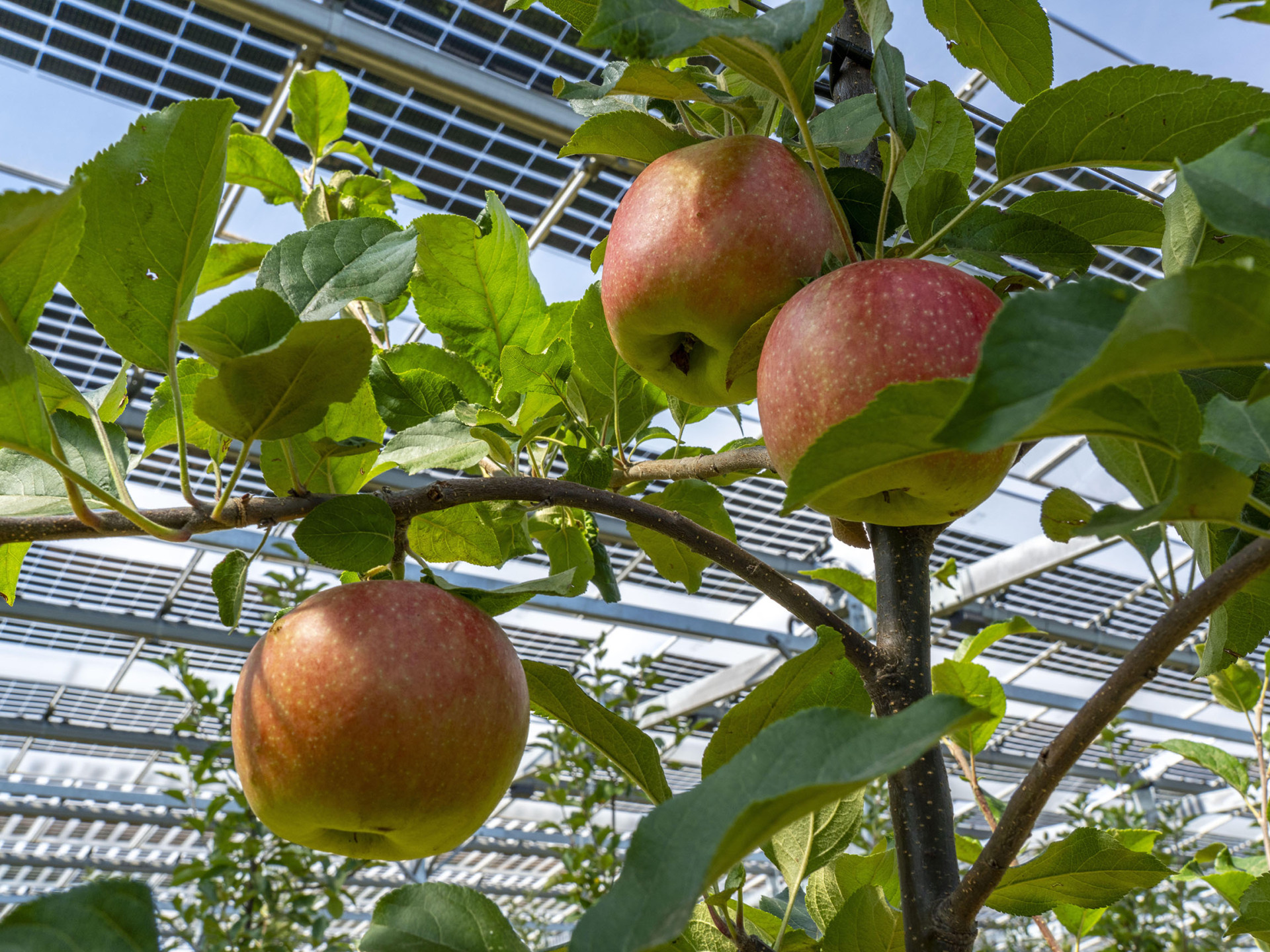
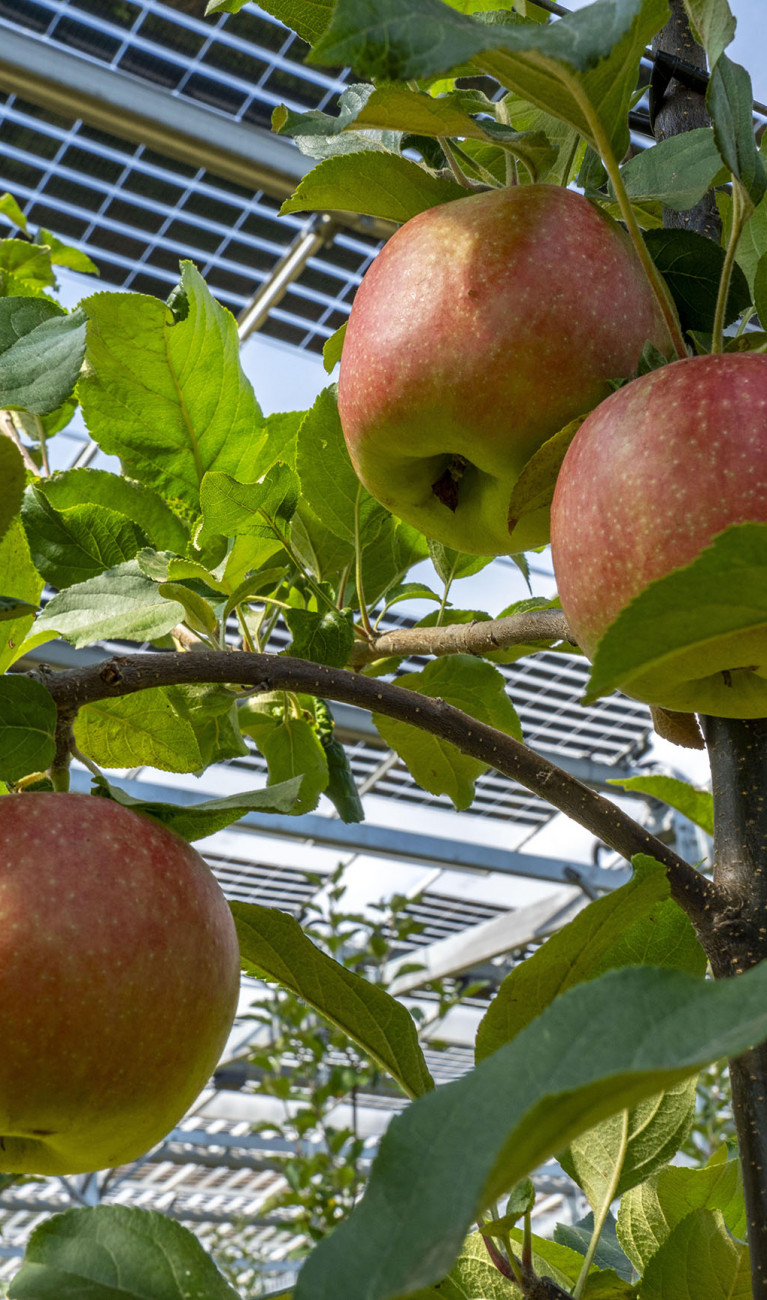
When fruits and vegetables grow under solar modules, we call it agrivoltaics. Could the combination of agriculture and energy production help make Germany carbon-neutral? A visit to some test fields.
When Matthias Meier-Grüll looks north from the big test field in Morschenich-Alt in Germany's Rhineland, he can see the Hambach Forest, which has become a symbol of resistance to lignite surface mining. Meier-Grüll is a photovoltaic engineer researching a climate-friendly alternative: growing crops and generating clean power with solar energy – agrivoltaics.
“It has enormous potential from the perspective of energy production,” says Meier-Grüll. Reaching a carbon-neutral energy supply in Germany in 2040 will require an installed photovoltaic capacity of 300 to 450 gigawatts. More than three times that amount, namely 1700 gigawatts, could be generated if suitable farmland were used to its full potential, according to Meier-Grüll.
At research institute Forschungszentrum Jülich, Meier-Grüll coordinates a project called Agri-FEe in the BioökonomieREVIER, which is the name of a model bioeconomy region that is to emerge from the Rhineland lignite fields. With 1000 solar modules on two hectares of farmland, researchers are working to better prepare agriculture and horticulture for climate change and extreme weather events. Hot summers are drying out the soil and lead to prolonged drought, and hailstorms and heavy rain add more damage to the plants. Crop yields decrease as a result.
Solar modules provide shade for sensitive plants
The photovoltaic systems, which are between 2.1 and 6 meters high depending on model, not only convert solar energy but also protect the plants underneath them. They shade the plants from the blazing sun, protect them against hail and frost, and are weatherproof. “All of the modules are subjected to stress tests that simulate things like hailstorms,” says Meier-Grüll, who adds that the systems are installed so that the modules can also withstand floods.
The Fraunhofer Institute for Solar Energy Systems (ISE) in Freiburg, one of the partners in the project, has been testing this approach for eight years. At a farm in Heggelbach near Lake Constance, scientists have monitored the growth of winter wheat, potatoes, clover and celery under the solar panels. By combining crop yields and energy production, agrivoltaics increased the so-called land use efficiency to 160 percent after just the first year of the project. In the hot summer of 2018, the crop yield rose and even more solar power was generated, to 186 percent, because of the large amount of solar radiation and the shade under the modules. These results also provide motivation for the researchers in Jülich.
Does enough sunlight get through between the solar modules?
Part of our system was designed so that the modules tip automatically depending on the light or shade requirements of the plants, so they adjust as needed,” says Meier-Grüll. Shade is important in hot summers and as protection against hail, but it could become too shady for some plants. The researchers have planned for that. Glass roofing can be placed between the modules “so the whole thing is like a sort of greenhouse that provides protection but doesn’t put everything in shadow,” explains Meier-Grüll.
Biologist Onno Müller investigates how the project’s photovoltaic systems affect the growth and water balance of the plants. The total shading of the area is about 35 percent. “At that level, all fruits and vegetables are suitable for agrivoltaics,” says Müller, a plant ecology specialist. Almost all kinds of berries that grow in shady forest habitats can probably grow well here, he says, “especially blueberries, raspberries and blackberries.” Many herbs and spices are also a good fit, he says.
Plenty of light for tomatoes, protection against mold
Apples and tomatoes can also be grown, even though they need a lot of light to produce good, tasty fruit. Tomatoes even enjoy excellent protection against heavy rain, Müller says.
Tomatoes are extremely sensitive to rain as wet conditions promote the growth of fungal diseases such as late blight and leaf blight.
Another effect of shading is that the ground doesn’t dry out as fast after watering. “Of course, that makes agrivoltaics interesting for countries in southern Europe or Africa where dryness leads to serious drought problems,” Müller says. Even animals can be kept under the protective solar roof. Free-range chickens feel sheltered there, where they’re better protected from birds of prey.
Good conditions for apple cultivation
In Gelsdorf in the Rhineland-Palatinate, third-generation fruit grower Christian Nachtwey is also experimenting with solar modules on the farm where he mostly grows apples on 60 hectares. “Leaving land fallow to produce energy and sealing it with photovoltaic systems would be a bad solution,” he says. On Nachtwey’s test field of 3000 square meters, young apple trees of eight types have been growing for the past year and a half.
He was satisfied with the first harvest; the apples were red and had a good aroma. “Since the trees are still young, we of course have to wait and see how future harvests go,” Nachtwey says. Still, it’s already clear to him that buying a photovoltaic system is worthwhile simply because of its high protective value for the trees; most fruit growers and gardeners protect their plants with greenhouses and polytunnels anyway. “Then it’s better to get added value from the protection and produce clean energy,” he says.
So it sounds like the future is bright. But in reality, Meier-Grüll from Forschungszentrum Jülich fears that there’s a problem because the power suppliers have no interest in a mixed use of farmland. And since many farmers merely lease their fields instead of owning them, the prices for leases could rise sharply soon when current contracts expire. In that case, the well-funded energy corporations would have the edge. So to Meier-Grüll it’s clear that “policymakers have to send clearer messages here and provide incentives for mixed use.”
